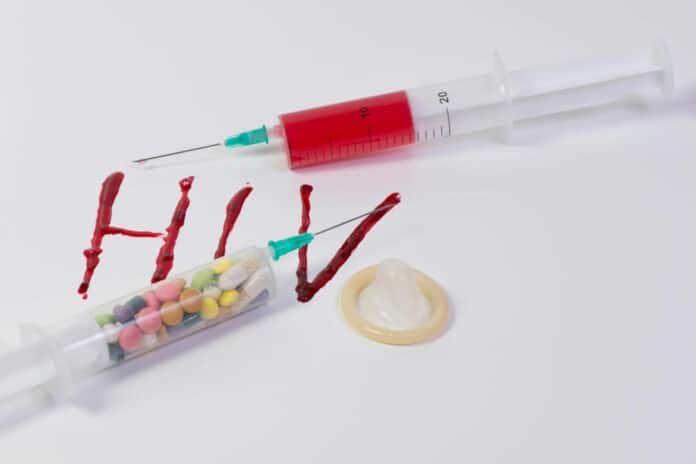A UCLA Health-led study discovered that the use of one-on-one telehealth coaching, peer support forums, and automated text messages more than doubled the use of the HIV prevention strategy called PrEP among younger, at-risk Americans. This group historically has had low usage of the medication.
The study published in Lancet Digital Health examined different ways to help young Americans by using a medication called PrEP to prevent HIV. PrEP is a pill or injection approved by the FDA to stop HIV infection. This drug reduces the risk of HIV infection from sex by 99% when taken as prescribed, according to the CDC.
15% of Americans aged 16-24 who used PrEP prevent HIV as compared to the national average of 25% for all age groups. Among Black Americans, only 8% use PrEP, and among Latinos, it’s 14%, according to the CDC.
Dallas Swendeman, a professor at UCLA, came to know why so many people don’t go to the doctor because they don’t trust them, it’s too expensive, they don’t have easy access, and some people feel too shy to talk about private things like sex. Others have more urgent needs, like finding a place to live and getting enough food and money.
The study continued for two years, including almost 900 people from Los Angeles and New Orleans. They were young and identified as gay, bisexual, transgender, or other sexual gender minorities. Most of them were Black, Latino, white, Asian, or Pacific Islander.
The participants were divided into four groups randomly. Each group got different kinds of interventions. Some got text messages, others had private social media groups, and some had one-on-one sessions with trained helpers over video calls.
After the first eight months of study, the group that got all three kinds of intervention had the highest increase in taking PrEP. The rate increased from 11% to 20% and stayed high for two years. This rate increase can help to stop new HIV infections in the absence of other prevention strategies among younger Americans. PrEP use in the other three study groups increased to about 15% through 8 months but declined afterward.
Swendeman said, “Science is developing biomedical innovations at an impressive rate, but getting people to use them is very challenging, as we saw with COVID-19 vaccines and as we’re seeing with PrEP for HIV prevention. We still need behavioral interventions and wraparound services to support people in their whole-person care to prioritize HIV prevention as well as the other competing needs and priorities they have in their lives.”
Researchers found that participants who got telehealth coaching stayed more involved in mental health and support services over time than those who got automated texting and online peer support. However, the study didn’t see any changes in the use of condom post-exposure prophylaxis (PEP) use or several partners.
As the study promises, there is a need to try more in real-life situations to see if it can work on a larger scale. Another study led by Swendeman is looking forward to making these interventions work better in real life, partnering with community organizations to understand the challenges and find the best ways to use these strategies.
Swendeman said, “We need to be more proactive with behavioral and implementation science to bridge translational gaps between biomedical discoveries, uptake, and impact.”
The study highlights the importance of combining digital health interventions in increasing the uptake of HIV prevention medication like PrEP. The study also highlights the potential of interventions to play a vital role in the prevention of HIV, especially among younger Americans.
Journal reference:
- Dallas Swendeman, Prof Mary Jane Rotheram-Borus et al., Optimal strategies to improve uptake of and adherence to HIV prevention among young people at risk for HIV acquisition in the USA (ATN 149): a randomized, controlled, factorial trial. The Lancet. DOI: 10.1016/S2589-7500(23)00252-2.
